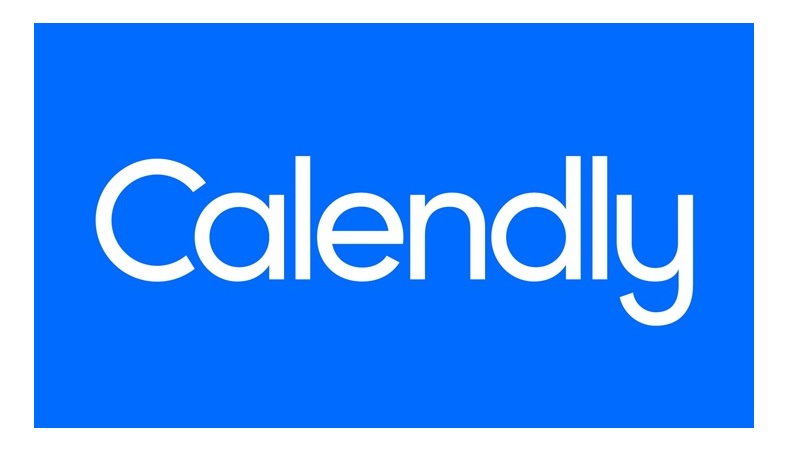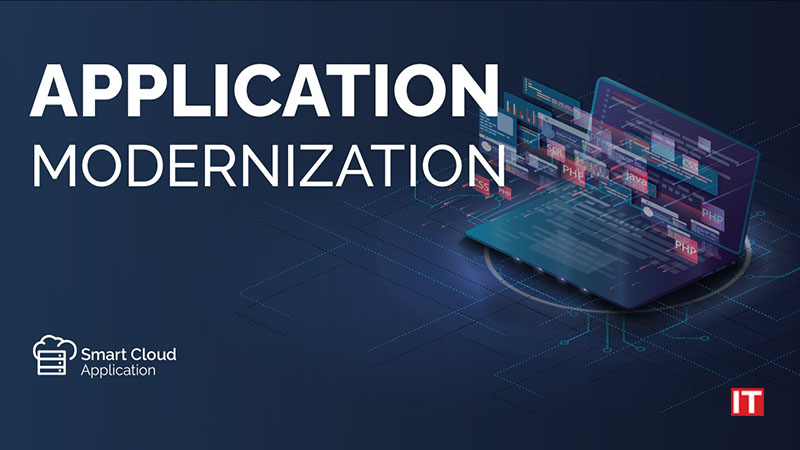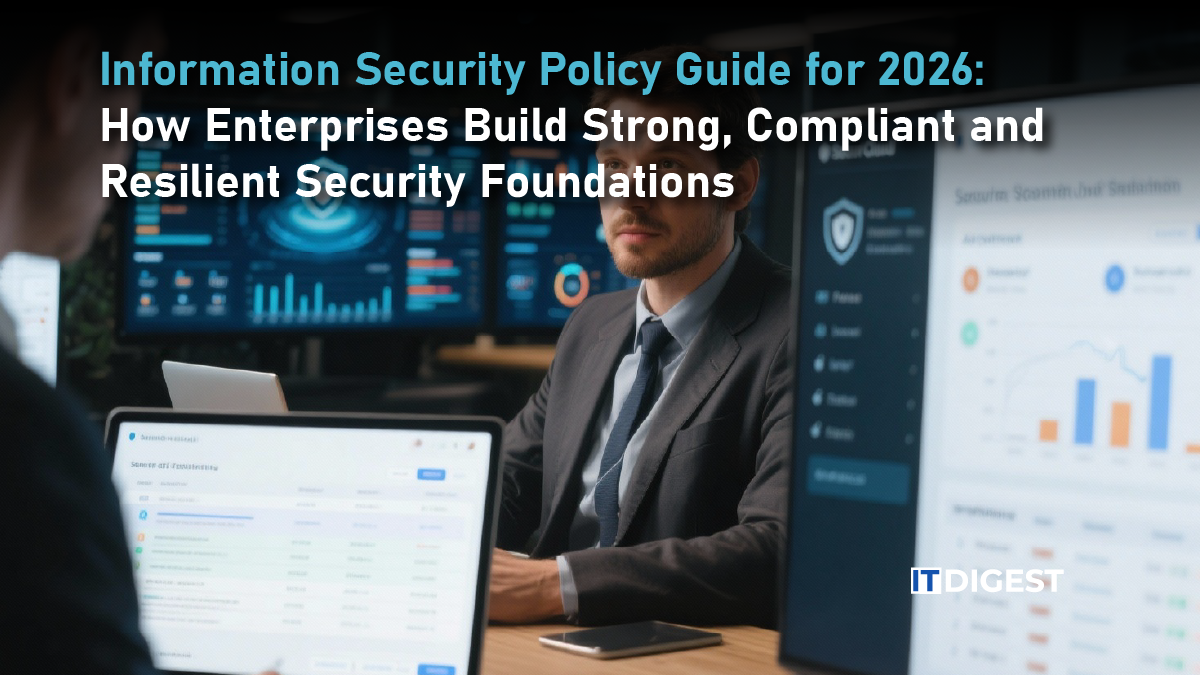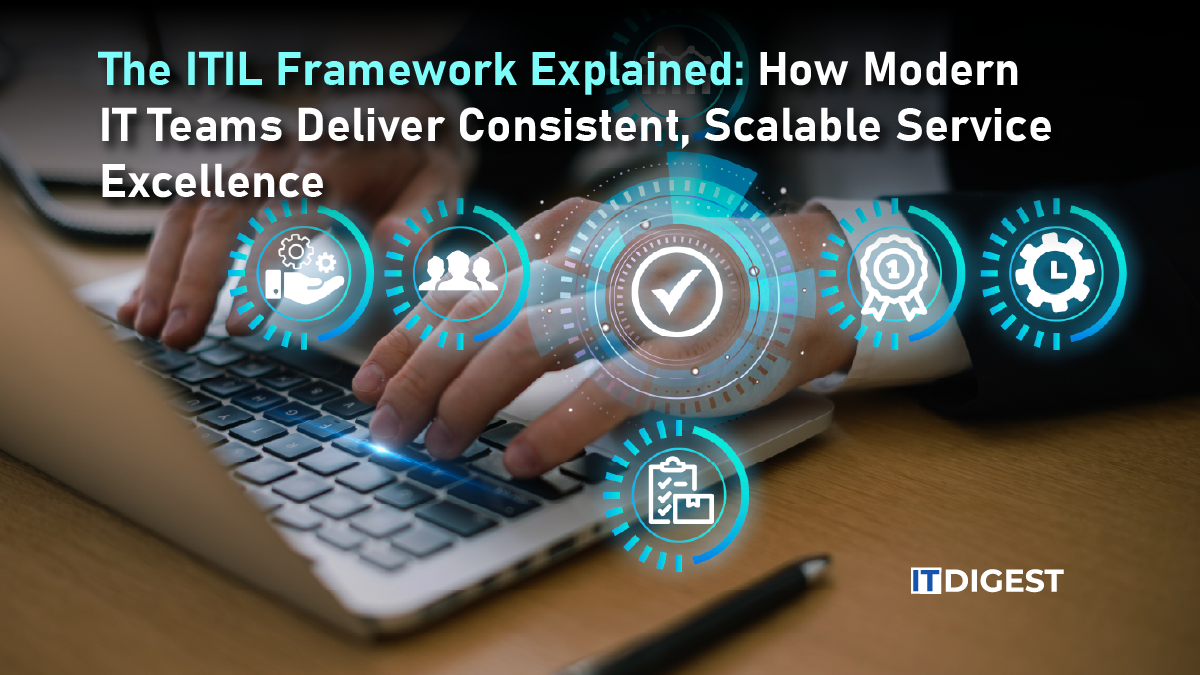Managing databases in a multi-cloud world has become a business imperative for enterprises. As organizations spread their workloads across AWS, Azure, GCP and private cloud environments they get flexibility, performance options and geographic redundancy. But this diversification brings significant challenges when it comes to consistent and effective database protection.
The complexity of a multi-cloud world doesn’t come from the volume of data. It comes from the variation in how that data is stored, moved and governed across platforms. Each cloud provider brings its own tools, defaults and service models. While these look similar, the implementation details differ. These inconsistencies introduce gaps in security posture especially when teams rely on platform native settings without aligning them under a single operational framework.
Private cloud environments add another layer of variability. They offer more control but require more internal management. They often require manual configuration, custom policy enforcement and deeper integration. As a result, many teams find themselves managing four different environments with four different sets of controls yet trying to deliver a single outcome. That’s where risk accumulates.
Protecting databases in a multi-cloud world isn’t about standardizing the tools. It’s about standardizing the intent behind the controls. That means building a strategy that focuses on outcomes not configurations. That means defining what data protection should look like across the organization and then implementing the controls to deliver that consistently regardless of the platform used.
The Inconsistency of Defaults
Each public cloud provider has its own managed database services, security templates and monitoring tools. At first glance they look similar. Encryption, access controls, backups and auditing are all present. But the defaults are different. What is enabled by default in one cloud may be optional in another. The format of logs, the structure of policies and the granularity of permissions differ.
These differences lead to fragmented security postures. A team may assume encryption at rest is enabled across all environments only to find that a workload running in Azure is configured differently than one in GCP. A backup policy may be enforced in AWS but manual processes govern backup intervals in a private data center. This isn’t due to negligence. It’s due to trusting the platform to manage protection. When multiple platforms are in use that trust must be tempered with oversight. Security and ops teams need to abstract protection goals from the specifics of the provider. Instead of relying on provider defaults they must define their own expectations and monitor against those consistently.
One practical control is to implement cross-cloud configuration baselines. These templates define the essential parameters like encryption, access control and backup frequency and ensure each environment adheres to the same rules regardless of how the platform labels or structures them. This doesn’t remove flexibility but removes guesswork.
Identity Sprawl and Access Drift
Another problem in multi-cloud database protection is identity management. Each provider has its own identity and access management. AWS IAM, Azure Active Directory and GCP IAM don’t work the same way. They support different hierarchies, roles, scopes and federation mechanisms. Private clouds add to the mix with LDAP or enterprise directories.
As a result, database access becomes fragmented. Users have inconsistent permissions across platforms. Roles are duplicated with different scopes. Temporary access is granted without central revocation. Over time this sprawl creates lack of visibility and increases the risk of privilege creep.
To address this, organizations should centralize identity and decentralize enforcement. A practical approach is to federate authentication using an identity provider that spans all platforms. This way users are managed from one source and each platform enforces access locally.
In addition to identity centralization, role standardization is key. Instead of managing permissions per platform, define database access roles in business terms such as read-only analyst, operational admin, or developer, and map those roles to provider-specific permissions. This abstraction enables consistent access policies across environments.
Access reviews must become part of the process. Database roles should be tied to workflows with auto expiration and all privileged access should be logged and monitored centrally. These practices ensure as the environment grows access doesn’t become a liability.
Monitoring Blind Spots
Visibility is one of the first things to go in a multi-cloud environment. Each platform provides telemetry in its own format, through its own tools. Logs are structured differently. Events are captured with varying levels of detail. Monitoring tools are optimized for their own ecosystem but often fail to provide a cross cloud view.
When it comes to database protection this lack of visibility is a big problem. Security teams need to know who is accessing data, when backups fail, whether replication is consistent, how performance relates to access patterns. Without central monitoring these insights are delayed or missed entirely.
A practical control is to implement a cross cloud observability layer. This doesn’t mean replacing all native tools. It means aggregating essential logs and metrics from each provider into one system. That system should normalize events, flag anomalies and correlate activity across environments.This visibility is important not only for security but for operations. It allows teams to detect replication lag before it affects availability. It helps find failed backup jobs before they become business risks. It enables real-time alerting and long term trend analysis across the entire database estate.
Instrumentation is also important. All database workloads whether in public or private clouds should emit telemetry. That telemetry should include access events, performance metrics and configuration changes. When combined with alerting thresholds and automated workflows these signals become actionable.
Also Read: What Is Cloud Backup Posture Management (CBPM)? The Future of Cloud Data Resilience
Gaps in Backup and Recovery Planning
Backing up databases is part of any protection strategy, but in a multi-cloud world, making sure those backups are usable and restorable gets harder. Each cloud provider has its own native backup tools. They differ in retention, automation, region failover and encryption. Private clouds add more variation, often using third party tools or custom scripts.
This creates a fragmented backup landscape. One database may have daily incremental snapshots in one region, another may replicate across zones every few minutes. A third on a private cloud may be backed up manually to on-prem storage. All three may look compliant but none may support fast and reliable restore in case of a system wide issue.
The control here is not more backups. It’s better alignment between backup strategy and recovery requirements. Teams should first define recovery objectives, including what needs to be recovered, how fast, and under what conditions. These goals then inform how backups are structured across each environment.
Automation plays a big role. Wherever possible, backups should be triggered by policy not manual processes. They should be validated regularly through test restores and monitored through a central dashboard. Storage locations should be chosen with disaster recovery in mind not just convenience or cost.
Cross-cloud replication should also be considered for critical data. While it adds complexity, it ensures that a failure in one cloud doesn’t mean permanent loss. More importantly it reduces the reliance on any one provider for business continuity.
One of the answers to these challenges is Veeam Data Cloud which was announced at VeeamON 2025. Built for the complexity of multi-cloud environments, this offers backup, cyber recovery and monitoring for workloads across AWS, Azure and hybrid infrastructures. Unlike traditional backup solutions that work in silos, Veeam’s approach combines policy driven automation with real-time health checks and unified dashboards. This enables organizations to align backup architecture with business recovery objectives rather than being constrained by provider-specific limitations.
Misaligned Compliance and Policy Enforcement
Compliance doesn’t stop at the edge of a cloud provider’s infrastructure. It follows the data wherever it lives. In multi-cloud world that means every platform must meet the same legal and policy standards even if their native tools are different.
This is where organizations often find misalignment. One database may log access events as required. Another on a different platform may not. A private cloud instance may not meet encryption standards or retain logs for too short a period. These gaps are hard to find without a unified compliance view.
In December 2024, Rubrik launched Cloud Vault for AWS, a fully managed, isolated, and immutable backup solution designed for native AWS environments. The service builds on Rubrik’s earlier offering for Azure and introduces advanced security features such as anomaly detection, threat monitoring, and upcoming tools for threat hunting and data classification. By offering customer-controlled encryption and centralized backup governance, Cloud Vault helps organizations enforce consistent protection policies across their multi-cloud environments. It also reinforces the principle that cloud-native defaults are not always enough, especially when unified oversight across platforms is critical.
To avoid this, compliance policies must be decoupled from infrastructure. Instead of relying on what each cloud offers by default, organizations should define their own controls for encryption, retention, logging and access. These should then be applied through automation, monitored centrally and audited continuously. Templates help with this. By deploying databases through templates or automation scripts organizations can embed compliance into the deployment process. Deviations can be caught early rather than during an audit.
It also helps to align with frameworks that support multi-cloud. Internal policies should be based on standards that are provider agnostic and support hybrid and private cloud. This makes audits smoother and more consistent across the board.
Poor Segmentation and Overexposed Networks
Network architecture often lags behind application and database deployment. In multi-cloud setups, this leads to databases being exposed to wider ranges of systems than intended. Firewalls may be misconfigured. Ingress rules may be overly permissive. Traffic flows may not be fully mapped. These conditions create security risks and increase the blast radius of a breach.
The solution is network segmentation. Databases should not be directly exposed to the public internet or to unrelated internal systems. They should reside in private subnets with tightly controlled ingress and egress rules. Communication should be limited to the minimum set of services required for operation.
In multi-cloud environments, this becomes more complex. Each platform has its own VPC or networking model. IP management varies. Peering and transit routing behave differently. That is why teams should define segmentation not only by network address, but by application function and data sensitivity.
Implementing identity-aware proxies, private service access, and encrypted service mesh layers can help enforce segmentation beyond the network layer. These tools allow for more granular control over how services communicate, even when deployed across different clouds.
Regular reviews of network architecture are also essential. Just as permissions can drift, so can network exposure. Configuration reviews, traffic audits, and segmentation tests should be part of routine operations.
Misunderstanding Shared Responsibility
The biggest pitfall in cloud security is the shared responsibility model. Each provider secures their infrastructure but the customer is responsible for how services are configured and used. In multi-cloud environments this responsibility gets harder to manage as it exists in multiple forms.
Each provider defines the shared responsibility differently. One may auto-encrypt storage, another may not. One may include backup automation in the service, another may offer it as an optional feature. Assuming these responsibilities are the same leads to underprotection.
The way forward is to assume full responsibility for everything not explicitly guaranteed by the provider. That includes identity management, encryption configuration, backup verification and monitoring. When in doubt the default should be the customer owns the protection of the data.
Clear documentation and team education help to reinforce this mindset. Everyone involved in database operations, including architects, security engineers, DevOps teams, and business owners, should understand their role in the protection model. With clarity comes accountability, and with accountability comes control.
Conclusion
Multi-cloud architectures offer flexibility and scalability but they also introduce a new level of complexity in database protection. Each platform has its own set of tools, defaults and expectations. Without a unified approach these differences become vulnerabilities.
Protecting databases across AWS, Azure, GCP and private clouds requires a consistent strategy that goes beyond platform boundaries. That means standardizing protection goals, centralizing visibility and automating enforcement. It also means recognizing where assumptions can create blind spots and addressing them before they become incidents.
Organizations that treat multi-cloud database protection as an operational discipline, not just a configuration task, will grow securely, adapt quickly, and maintain control in even the most distributed environments.
































